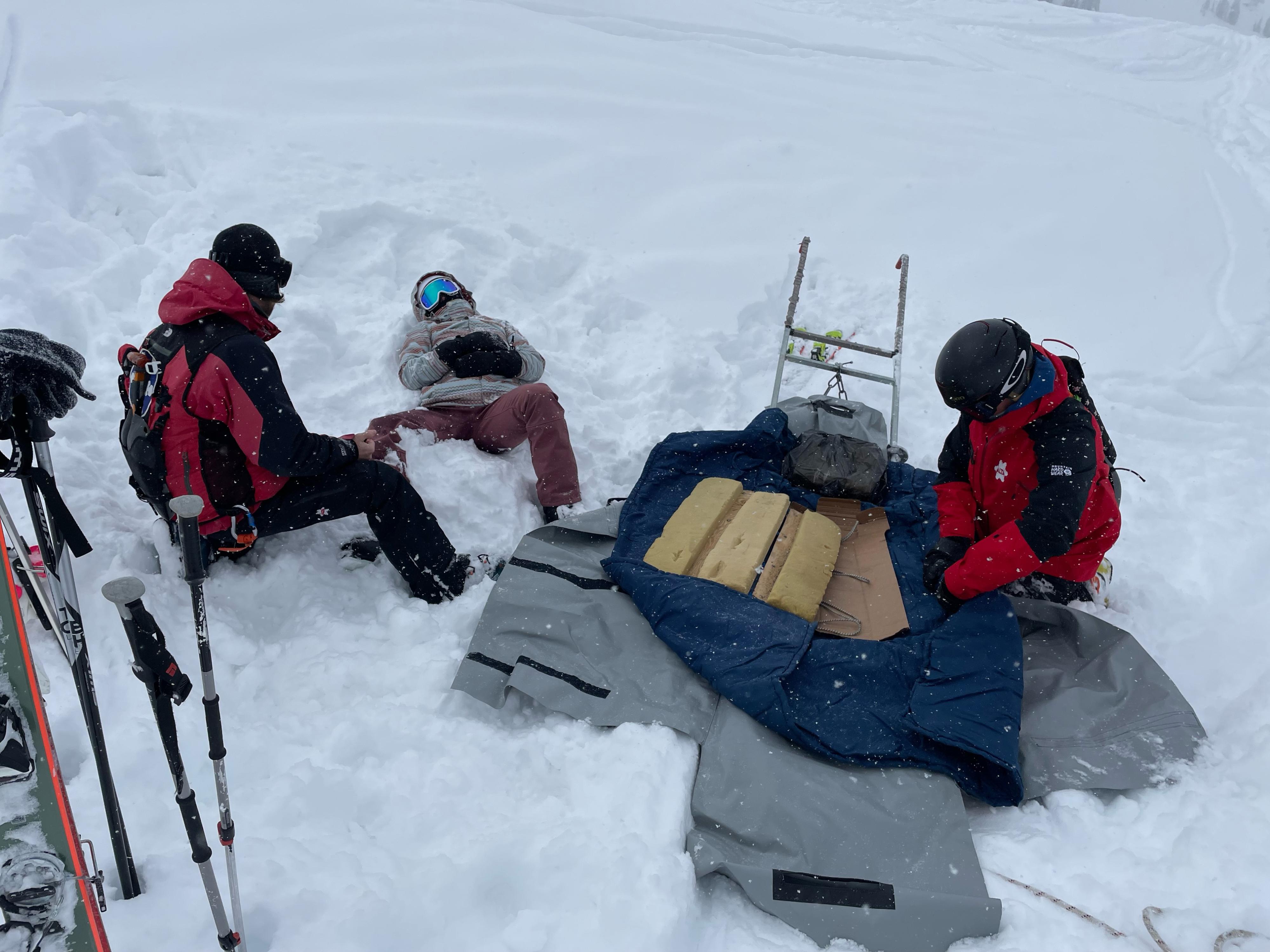What Is a Torn Meniscus?
Meniscal tears are one of the most common knee injuries. The meniscus is a piece of cartilage in your knee between your thighbone and shinbone that acts as a shock absorber. A meniscal tear is a tear in the cartilage of your knee.
Athletes, particularly those who play contact sports, are at risk for meniscal tears. However, anyone at any age can tear a meniscus, and as we get older, we are more likely to tear one.
Types of Meniscus Tears
Menisci tear in different ways. We categorize tears by how they look, as well as where they occur in the meniscus. Common tears include:
- radial,
- longitudinal,
- parrot-beak,
- flap,
- bucket handle,
- and mixed/complex.
Sports-related meniscal tears often occur along with other knee injuries, such as anterior cruciate ligament tears.
Find a Knee Specialist
What Causes a Meniscus Tear?
We call tears that happen during sports or high intensity exercise acute tears, because they are sudden. A player may squat and twist their knee, causing a tear, or they might be tackled.
Degenerative tears are tears that happen over time as the meniscus cartilage weakens and wears thin. As we get older, we are more prone to degenerative tears. Just an awkward twist when your get up from a chair may be enough to cause a tear, if the menisci have weakened.
Symptoms of Meniscus Tears
You might feel a pop when you tear a meniscus but still be able to walk. Your knee, however, will start to become more stiff and swollen over the next two to three days.
Common symptoms of a meniscus tear are:
- pain,
- stiffness,
- swelling,
- catching or locking of the knee,
- sensation of giving way, or
- inability to move the knee through a full range of movement.
While you may still be able to walk with a torn meniscus, if you don’t get it treated, a small piece of the cartilage may come loose and drift into the joint. This can cause your knee to slip, pop, or lock.
Treating a Meniscus Tear
How your orthopedic surgeon treats your tear will depend on the type of tear you have, its size, and location. They will consider the type of tear you have, your age, activity level, and any related injuries you may have.
Meniscus Repair
The outside one-third of the meniscus has a rich blood supply. A tear in this area may heal on its own or can often be repaired with surgery.
Meniscus Surgery/Meniscectomy
The inner two-thirds of the meniscus does not have a blood supply. Without nutrients from blood, tears in this area are more difficult to heal. Because the pieces cannot grow back together, we usually trim away tears in this zone.
Meniscus Transplant
A meniscus transplant is an uncommon form of treatment. In this case, your doctor will replace the meniscus cushion in your knee before the cartilage is damaged. Your doctor may recommend meniscal transplant surgery to treat knee pain and delay the development of arthritis. The replacement cartilage is called donor cartilage, and it supports and stabilizes the knee joint.
Recovery After Meniscus Surgery
Full recovery from meniscus surgery can take anywhere from two weeks to two months depending on your injury. A meniscectomy requires less time for healing—approximately three to four weeks. Rehabilitation time for a meniscus repair and/or meniscus transplants is about three months or longer. This rehabilitation will help you regain knee motion and strength. Regular exercise will help you restore your knee mobility and strength.
After a meniscus repair or meniscus transplant, we will give you a knee immobilizer brace to help protect your knee during the first couple weeks after your surgery. How long you require a brace will depend on how severe your injury was. After a meniscectomy procedure, you probably won’t need a brace.
Most importantly, after surgery for a meniscus tear, you must work on strengthening your knee. Even though your meniscus has been repaired or trimmed, the muscles around your knee may remain weak. Your physical therapist will help you determine what exercises you need to improve your range of motion and knee strength.
What to Expect at Your Orthopedic Appointment
We provide expert care and orthopedic evaluations for adults, adolescents, and children who are experiencing problems of the bones and joints. Our orthopedic specialists diagnose and treat everything from simple sprains and strains to complex conditions.
Hear From Our Patients
Medical School Student Grateful for Care from Ortho Injury Clinic
Polly Creveling, a third-year medical student at University of Utah, was skiing through two feet of deep, fresh powder when her ski got stuck in the hard snow below. An excruciating pain shot through her knee. She was diagnosed with both a torn ACL and a meniscus tear. With the in-depth comprehensive care she received from the Orthopaedic Injury Clinic and her orthopedic surgery team, she was able to continue her athletic lifestyle and participate in her med school rotations.





